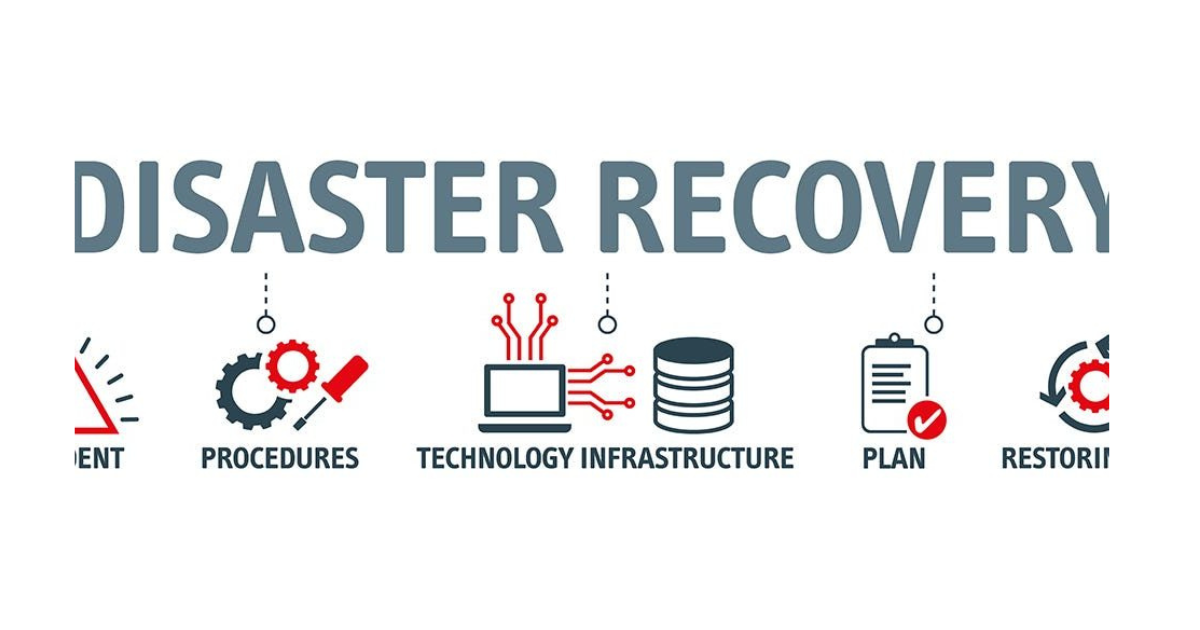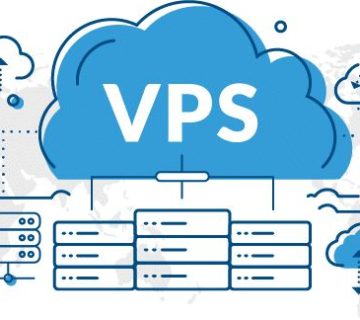Understanding Disaster Recovery as a Service
Understanding Disaster Recovery as a Service (DRaaS) is crucial for businesses navigating potential disruptions. DRaaS involves outsourcing recovery services to a third-party provider.
Switching to DRaas guarantees reliable and flexible recovery solutions.
At its core, Disaster Recovery as a Service utilizes cloud technology for seamless data recovery and continuity. It streamlines the process of recovering critical systems and data after a disruptive event. Embracing Disaster Recovery as a Service empowers businesses with efficient and accessible recovery options.
One of the key principles of Disaster Recovery as a Service is its subscription-based service model. This approach offers scalable and cost-effective solutions for businesses. Implementing Disaster Recovery as a Service shifts the focus from traditional recovery methods to a more agile and responsive approach.
Moreover, DRaaS eliminates the need for hefty upfront investments in infrastructure. It allows businesses to access advanced recovery capabilities without significant capital outlays. Embracing DRaaS represents a shift towards proactive and modern disaster recovery solutions.
Exploring Disaster Recovery as a Service Fundamentals
Discovering the basics of Disaster Recovery as a Service reveals its core functions. DRaas operates on a cloud-based infrastructure for efficient data replication and recovery. Transitioning to Disaster Recovery as a Service offers businesses robust backup and recovery capabilities.
The key aspect of Disaster Recovery as a Service lies in its ability to ensure minimal downtime during disruptions. It quickly restores data and critical systems, reducing operational interruptions. This rapid response aligns with the objective of maintaining uninterrupted business continuity.
Disaster Recovery as a Service works on a subscription model, offering customized solutions based on enterprise needs.
This flexibility allows businesses to customize recovery strategies according to their requirements. Implementing DRaaS solutions enables adaptable and scalable disaster recovery options.
Furthermore, Disaster Recovery as a Service utilizes virtualization technologies for rapid recovery of IT environments. It creates virtual replicas of critical systems, expediting recovery in case of outages. This virtualization capability optimizes recovery times and minimizes business disruptions.
Benefits of Implementing DRaas
Implementing Disaster Recovery as a Service (DRaaS) provides several advantages for businesses. DRaaS ensures swift recovery during disruptions, minimizing operational downtimes significantly. Embracing DRaaS improves resilience and reduces the impact on business operations.
One of the primary benefits of DRaas is its cost-effectiveness compared to traditional recovery methods. It eliminates the need for extensive infrastructure investments, reducing capital expenses. This cost-efficient approach allows businesses to allocate resources strategically, enhancing financial viability.
It fosters scalability, enabling businesses to scale their recovery solutions as per evolving needs. This scalability ensures adaptability to changing data volumes and recovery requirements. Implementing DRaaS solutions aligns with the dynamic nature of modern business landscapes.
Moreover, DRaaS enhances data security and compliance adherence. It ensures the protection and integrity of critical data, aligning with regulatory standards. Implementing DRaaS signifies a proactive approach towards safeguarding sensitive information and maintaining compliance.
Key Components of DRaas Solutions
In DRaaS solutions, several key components ensure robust recovery mechanisms. The foundation of it lies in its cloud-based infrastructure for data replication and storage. This infrastructure forms the basis for seamless recovery in case of disruptions.
Another essential component of DRaaS is the automated backup and recovery processes.
Automation streamlines recovery procedures, reducing manual intervention and potential errors.
This automated approach ensures swift responses to disruptions, minimizing downtime effectively.
The inclusion of failover and failback mechanisms is pivotal within its solutions. These mechanisms facilitate the seamless transition of operations to backup systems during disruptions. Failback mechanisms restore systems to their primary state after the disruption has been resolved, ensuring continuity.
Additionally, comprehensive disaster recovery plans constitute a vital component of its solutions. These plans outline detailed procedures and steps to follow during disruptions. Clear and well-defined recovery plans enable a structured response, minimizing confusion and accelerating recovery efforts.
The combination of these components forms a robust solution. It’s not just about individual elements but their synergy in ensuring swift and efficient recovery. Embracing these components empowers businesses with resilient disaster recovery strategies.
Ensuring Business Continuity
To ensure business continuity, DRaaS employs various strategies. It swiftly restores systems, reducing disruptions and maintaining operational flow. It ensures uninterrupted business activities even during unexpected incidents.
The real-time replication of data forms a core strategy within DRaaS for continuous operations. This replication mechanism keeps a mirror image of critical systems, enabling rapid recovery. Realtime data replication guarantees minimal data loss, securing business continuity.
Moreover, DRaaS employs failover mechanisms to seamlessly switch operations to backup systems. Failover mechanisms swiftly reroute operations to alternate systems during disruptions. This quick transition mitigates downtime, ensuring continuous service provision.
Additionally, comprehensive testing of recovery plans ensures readiness for actual disruptions. Regular tests validate the efficiency and reliability of recovery strategies. Testing these plans anticipates challenges, ensuring a swift response during real incidents.
Essentially, DRaaS strategies intertwine to safeguard business continuity effectively. It’s about proactive measures ensuring operations run seamlessly. Embracing these strategies fortifies businesses against potential disruptions, ensuring uninterrupted services.
Considerations for Implementation
When implementing Disaster Recovery as a Service , several key considerations ensure success. Assessing business needs is fundamental before adopting DRaas solutions. Understanding specific recovery requirements guides customized implementation.
Additionally, evaluating the scalability of DRaaS solutions aligns with enterprise growth projections. Scalable solutions adapt to evolving data volumes and recovery demands. This scalability caters to future expansion, ensuring flexibility in recovery strategies.
Moreover, considering service-level agreements (SLAs) is pivotal when selecting its providers. SLAs define service expectations and ensure compliance with recovery standards. Choosing providers with robust SLAs guarantees efficient and reliable recovery solutions.
Furthermore, establishing clear communication channels between stakeholders streamlines implementation efforts. Engaging relevant teams fosters collaboration and ensures alignment with recovery objectives. Effective communication minimizes misunderstandings, ensuring smooth adoption of its solutions.
These considerations underpin successful implementation. They are not mere steps but foundational aspects for seamless adoption. Embracing these considerations optimizes the efficacy of its solutions, safeguarding business continuity.
The Role of DRaas in Safeguarding Business Continuity
It emerges as a linchpin in preserving business continuity during times of crisis. It serves as a proactive shield against disruptions, ensuring seamless operations persist. DRaas facilitates rapid recovery, curtailing downtime and fortifying operational resilience. It’s a catalyst for uninterrupted service provision during unexpected events, securing enterprise stability.
Embracing it is pivotal for enterprises striving for resilience amid uncertainties. Its robust strategies fortify businesses, assuring sustained operations even during crises. In essence, it signifies a proactive approach to maintaining operational fluidity. It’s not just a solution but a safeguard, ensuring businesses sail smoothly through turbulent times.



